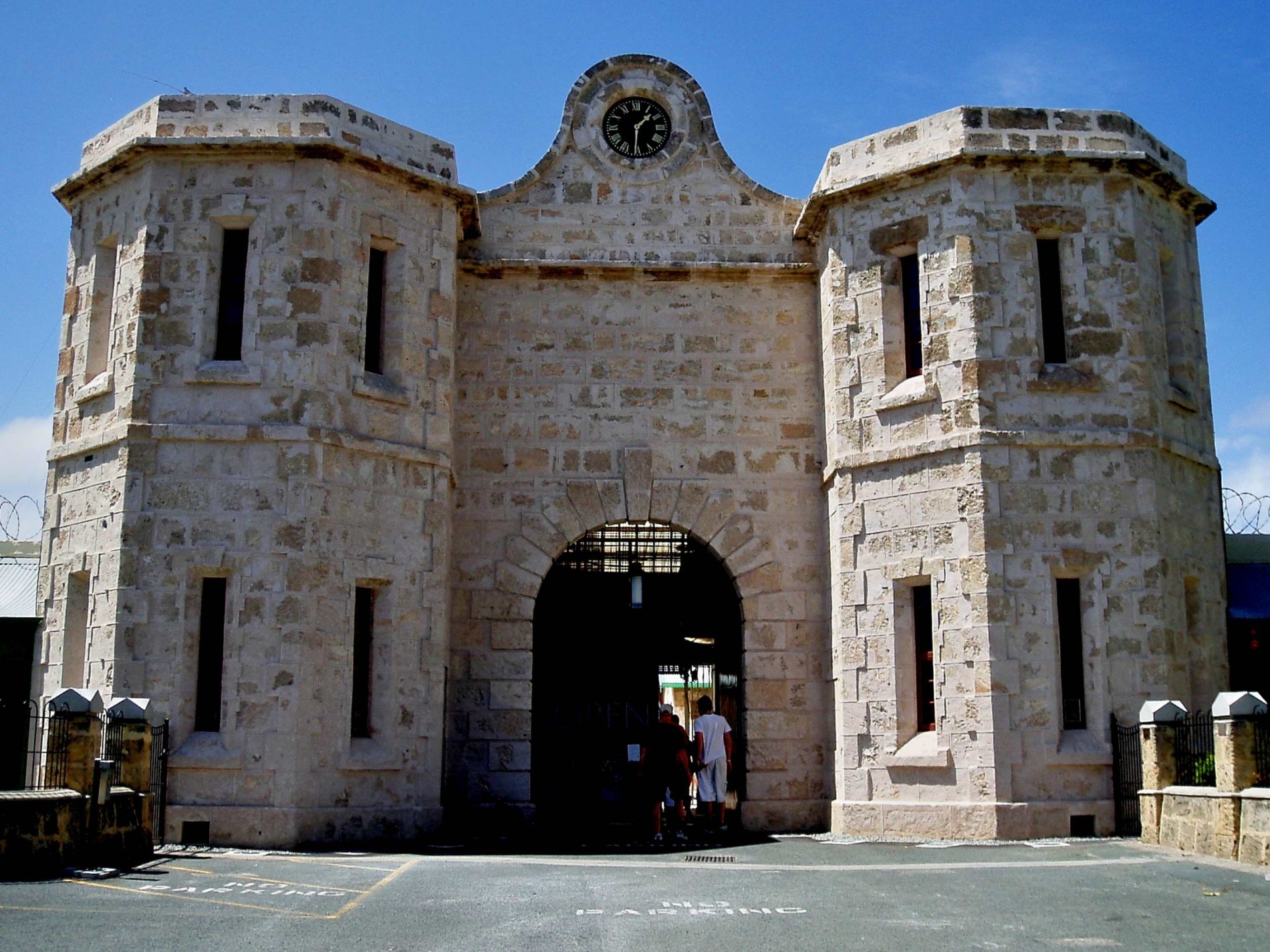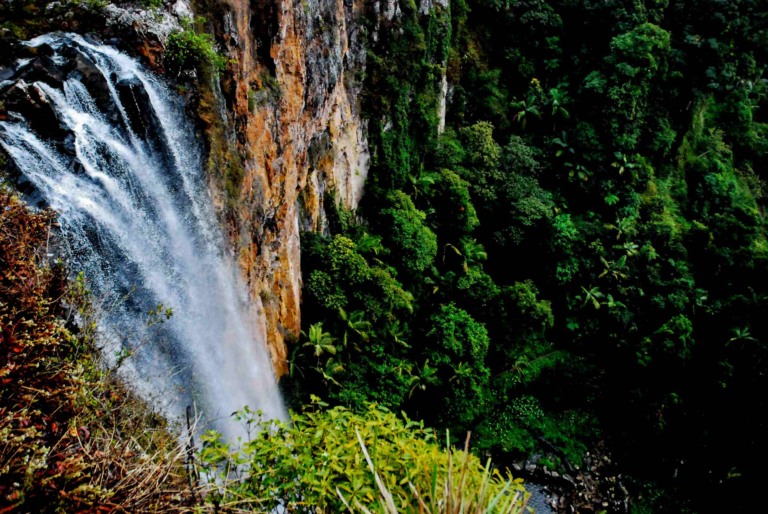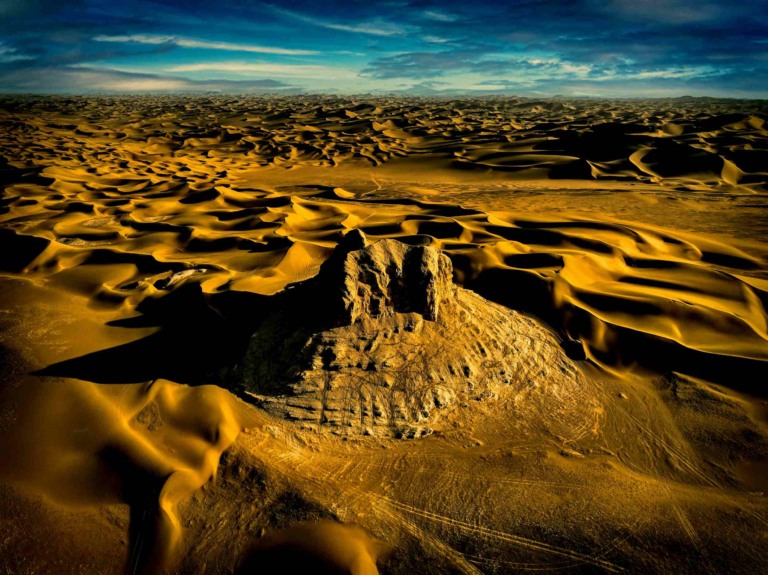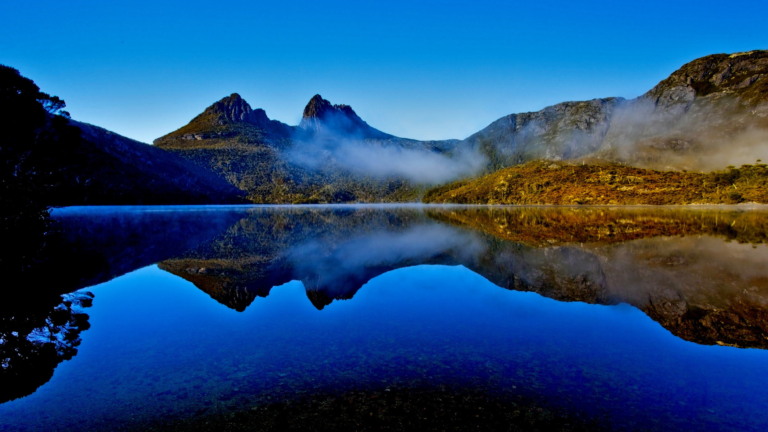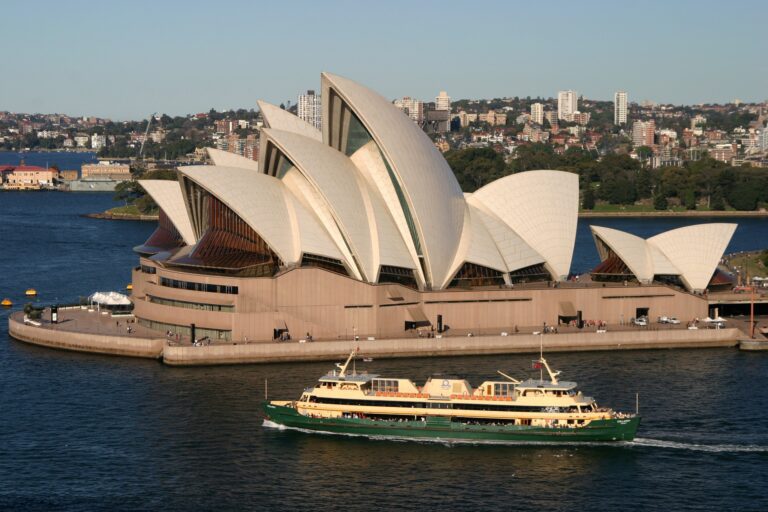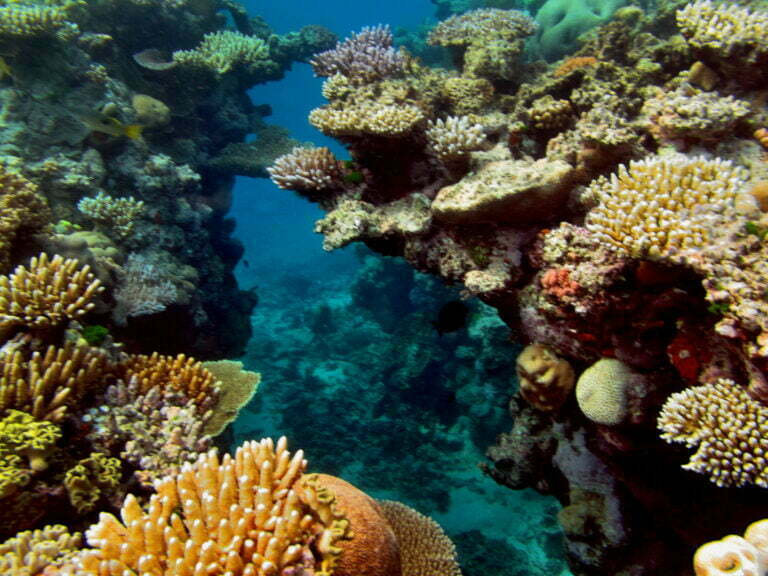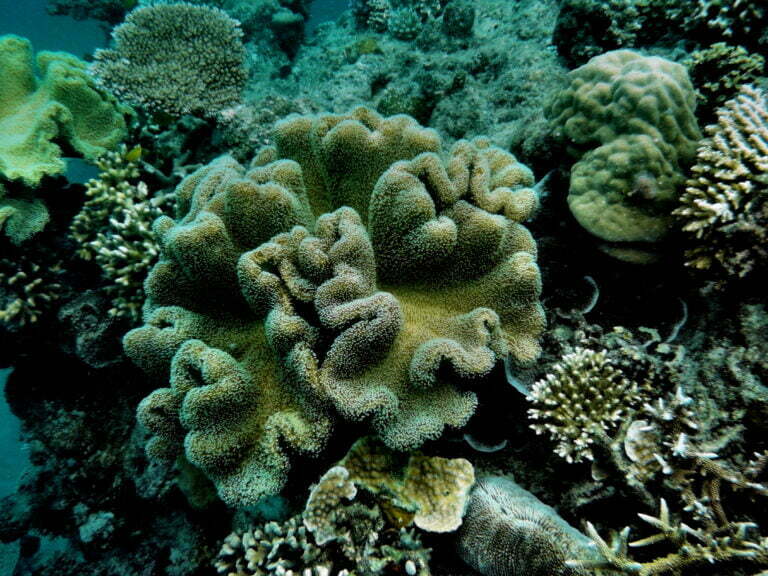The Australian Convict Sites are a group of eleven prisons. They have been UNESCO World Heritage Sites since 2010. In the 18th and 19th centuries, the British Empire set up thousands of settlements in Australia. Australia is full of these places, and there are still more than 3,000 other convict sites around the country. It goes from Fremantle in Western Australia to Kingston and Arthur’s Vale on Norfolk Island in the east. Also, from places north of Sydney, New South Wales, to places south of Tasmania.
Australian Convict Sites
Over the course of 80 years, about 166,000 men, women, and children were sent to Australia. Between 1787 and 1868, prisoners were sent to the convict colonies by the British government. Each site was there for a different reason. Making people work on building the colony is both a punishment and a way to help them get back on their feet. These sites show the best examples of how convicts were transported on a large scale and how their presence and work helped European powers expand their colonies.
Port Arthur, on Tasmania’s beautiful and quiet Tasman Peninsula, is the most well-known of these convict sites that are on the list of World Heritage Sites. Visitors can now walk through the ruins of prison blocks, solitary cells, churches, worker’s quarters, and some pretty grim prison punishment rooms.
Let me tell you more from the point of view of a visitor. On the last day of 2020, one of my friends went to the places where convicts were held around Sydney. When he got there, the Hyde Park Barracks were being fixed up, so he got off to a great start. So he could only see the outside.
Then, on New Year’s Eve, two days later, he took the boat to Cockatoo Island, which had been closed all day because of a party. The Old Governor’s House in Parramatta was his last chance. Parramatta is a suburb of Greater Western Sydney in the Australian state of New South Wales. It is also a major business hub.
Where are the Australian Convict Sites
When he got there, it was very quiet, and signs on the lawn said that the Parramatta New Year’s Eve party that was supposed to happen later that day had been canceled. He was very worried that he was going to find another closed site because the place looked empty. In fact, the museum was about to close because not enough people were going there. Since they hadn’t been there yet, he got a tour that was mostly private. After that, a few more tourists came.
The tour guide gave a good description of the place. It’s a simple house, nothing you’d find on a European estate at the time. The rooms are simple and not in any way fancy. Australia was a poor colony that was far away. Being governor of Australia was either a step up for a young, ambitious official or a way for officials who were past their prime to end their careers.
And, as the name of the site shows, most of the settlers were forced to come. In the beginning, the estate was used for farming. Even the governor didn’t have much to eat because the seasons were different in Australia and the seeds from the Northern Hemisphere wouldn’t grow there. Food was limited and put in locked places. And they tried to find a way to make ends meet.
Some of you may have had some wrong ideas about who the prisoners were, which the guide was able to clear up. There were women there because a lot of prostitutes from the UK were sent there. And many of the prisoners were not murderers but rather political prisoners, like Irish activists. As a whole, the sites tell an interesting story about how Australia is different from other countries when it comes to immigration.
How to Get Australian Convict Sites
When you look at the sites, you can put them into four groups: Tasmania, remote islands in the Pacific, Perth, and Sydney. The easiest places to check off the list are in and around Sydney, New South Wales, which is also where most people used to go. The Hyde Park Barracks are in the city center, close to the main tourist attractions.
You can take a ferry from Circular Quay to Cockatoo Island and get a cheap harbor cruise at the same time. The same boat goes up the river to the Old Governor’s Mansion in Parramatta. Since the boat moves slowly, you’d rather take the train back. There are times when the water level is too low to get to Parramatta proper, so you have to take a bus for the last bit. There are many trains between Parramatta and Sydney, and you can walk to the mansion from the station.
Best Places to Stay for Australian Convict Sites
Sydney, for sure. Some of the buildings in Parramatta are from the colonial era, and guidebooks recommend the city. My friend didn’t find it very interesting, but it helps show that Australia was not a wealthy colony. You can also stop in Parramatta on the way to the Blue Mountains.
They are great examples of this story from Australia’s long history of convicts, but there are still more than 3,000 other convict sites around the country. This is one of a kind in the world right now. The 11 prison sites that are part of the Australian Convict Sites World Heritage property are:
- Kingston and Arthur’s Vale Historic Area (“KAVHA”), Norfolk Island
- Old Government House and Domain (“Old Government House”), New South Wales.
- Hyde Park Barracks, New South Wales.
- Brickendon and Woolmers Estates (“Brickendon-Woolmers”), Tasmania.
- Darlington Probation Station (“Darlington”), Tasmania.
- Old Great North Road, New South Wales.
- Cascades Female Factory (“Cascades”), Tasmania.
- Port Arthur Historic Site (“Port Arthur”), Tasmania.
- Coal Mines Historic Site (“Coal Mines”), Tasmania.
- Cockatoo Island Convict Site (“Cockatoo Island”), New South Wales.
- Fremantle Prison, Western Australia.
